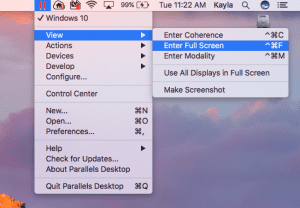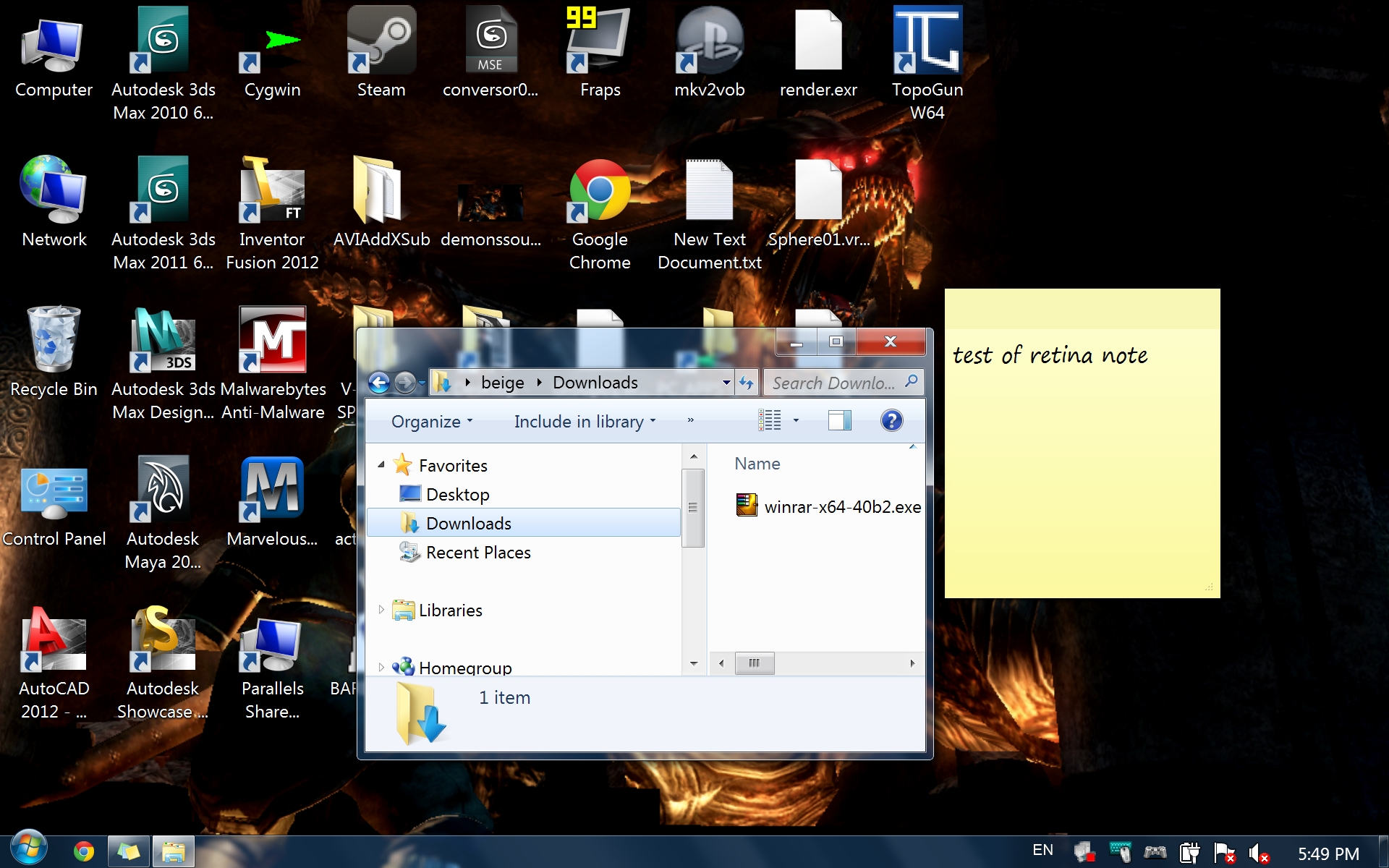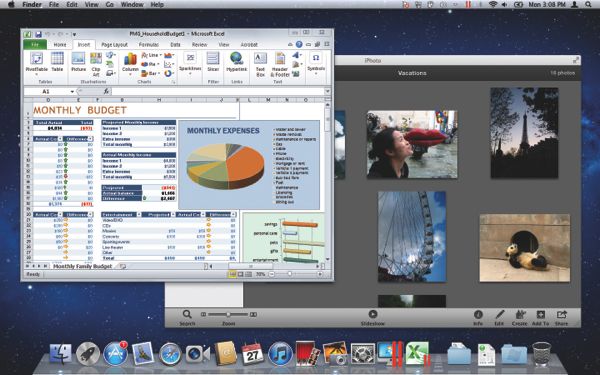

Virtualization programs such as Parallels Desktop and VMWare Fusion run on the macOS, but allow you to create a Virtual Machine – or VM – that mimics the hardware of a Windows PC.

So if you have purchased a Mac in the past couple or years, and it doesn’t have an Intel processor, Boot Camp won’t even be an option. There’s another issue with Boot Camp that is even more pressing though: it isn’t a feature of M-series Macs.

There are third-party solutions that address both of these issues. Another issue, specifically with Windows 11 on Macs, is that Windows 11 requires the presence of a TPM (trusted platform module) to run and Macs don’t have these. Many people find it inconvenient to constantly switch back and forth between the macOS and Windows. The problem with Boot Camp is that it forces users to make a choice – either you run the macOS or you run Windows. Users could simply dual boot a Mac, starting it up running either the macOS or Windows. This is a utility that allows you to partition your Mac’s hard drive or SSD – effectively splitting it in two – leaving the main macOS on one partition, and then allowing you to install Windows on the new partition. This was a benefit to Apple because it took away one of the biggest concerns of Windows users when considering a move to the Mac – it meant they could bring Windows and their Windows software with them.Īnd, in true Apple style, it came up with an elegant solution, known as Boot Camp. %B4.When Apple moved to Intel processors back in 2006-2007, it also brought the ability to run Windows to the Mac because the macOS and Windows OS suddenly spoke the same language (the x86 instruction set used in Intel processors). The first 2 swipes were in full screen mode, the final one is correct and was done in windowed mode.ĥb4.8cc996AB38F24C5405D80E1EE31d0ADE499|\61401000\3592Fb425F118 Where the first two characters are not shifting properly, and throughout the string you can see as well. Below are some of the output examples from my testing, you can clearly see the issue. My testing was done with multiple Windows 10 workstations (clients) & Server 2019 & Server 2016 (RDS Hosts).

Is there a fix or resolution to this issue? The other programs are not a viable work-around some of them do not give the same user experience (look, feel, speed), others do not support resource redirection (Printers, Ports, Drives, etc.). This is causing severe issues with our clients processing Credit Card transactions using encrypted MSR. This issue does not occur when using the Microsoft Remote Desktop App from the Store, nor does it occur when using Google Chrome RDP, or RDCMan. There is a bug in the Windows RDP client.


 0 kommentar(er)
0 kommentar(er)
